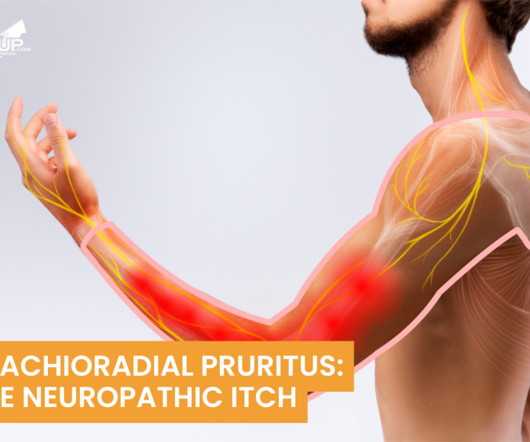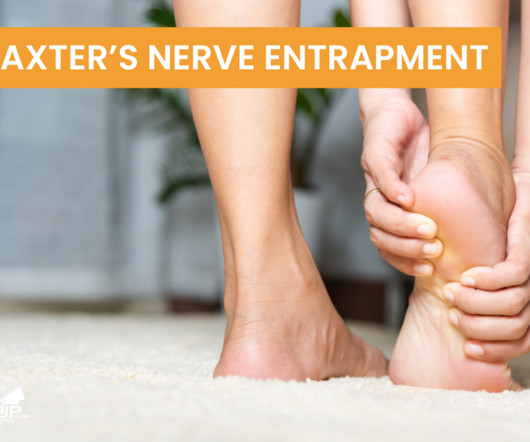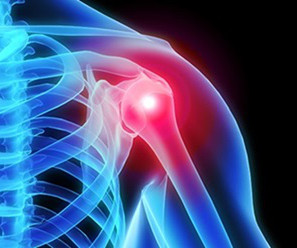Treating cervicogenic headaches with dry needling and manual therapy
Chiropractic Economics
DECEMBER 5, 2024
Dry needling (also known as Western medical acupuncture) primarily uses a Western medicine philosophy grounded in anatomy and physiology and focuses on musculoskeletal issues. In contrast, dry needling focuses on an anatomic basis to treat musculoskeletal conditions and aid in physical rehabilitation. 2007; 37(3):100107.

















Let's personalize your content